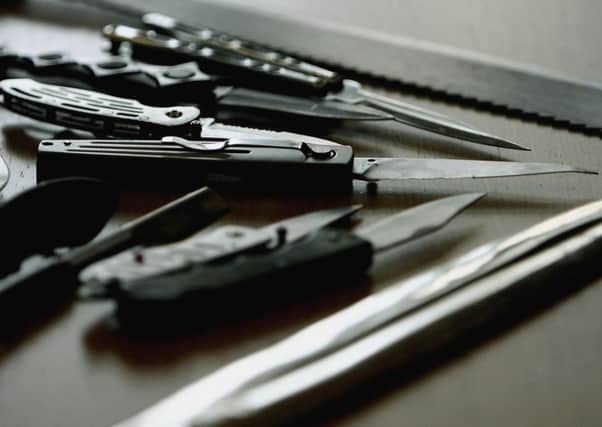Chris Marshall: How Glasgow police could help London cut knife crime


It is a culture which helps fuel rising crime levels and leads to increasing numbers of people losing their lives.
For years this was Glasgow’s problem, a set of circumstances that coalesced to give Scotland’s largest city an unwanted reputation as the murder capital of Europe.
Advertisement
Hide AdAdvertisement
Hide AdNow it is London struggling to stem a rising tide of knife crime which has claimed dozens of lives in the past 12 months alone.
There were 80 people stabbed to death in the English capital last year, a quarter of whom were in their teens.
It was with these grim statistics in mind that the city’s most senior police officer, Metropolitan Police Commissioner Cressida Dick, headed north last month in the search for answers.
Glasgow has never been a stranger to violence or knife crime, and continues to account for a disproportionately high number of Scotland’s homicides.
But between 2007/8 and 2016/17, the number of homicide cases nationwide fell by 47 per cent from 115 to 61, with Glasgow responsible for a third of the overall decrease.
Much of the credit has gone to the Violence Reduction Unit (VRU), which was formed by Strathclyde Police in 2005 and continues its work under the auspices of Police Scotland.
Taking a 2002 World Health Organisation report on violence and health and an anti-gang initiative first piloted on the streets of Boston in the 1990s as its starting points, the VRU set out to help Glasgow shed its murder capital tag.
It became the only police force in the world to adopt a public health approach to violence and knife crime, treating it like a disease to be cured with education, health and social work interventions.
Advertisement
Hide AdAdvertisement
Hide AdIt was this approach, now in operation for over a decade, which Ms Dick came to observe last month.
The number of homicides in Glasgow has fallen by 60 per cent over the past 10 years, but Scotland has by no means thrown off the scourge of knife crime, with stabbings continuing to account for around half of all homicides.
Police Scotland introduced new measures for the recording of offensive weapons last year, including collecting information on knife possessions and the number of knives used to commit other crimes.
Figures published last month show that between April 1 and December 31 last year, there were 1,742 “handling bladed/pointed instrument” offences recorded by police, up 12 per cent from 1,550 the previous year.
While the work of the VRU and its partners remains crucial, so too does the use of stop-and-search to take weapons out of the hands of those who should not be carrying them.
The use of non-statutory stop-and-search was outlawed following controversy over the use of the so-called “consensual” tactic on children.
But intelligence-led statutory searches continue to be an important tool for the police in confiscating offensive weapons.
There was further controversy at the weekend when Scottish Labour sought to draw comparisons between the use of stop-and-search in England and Scotland – a notoriously problematic thing to do.
The Met has its own troubled history of stop-and-search, but when looking to defeat the growing threat of knife crime, it could do worse than looking at the example set in Scotland.
